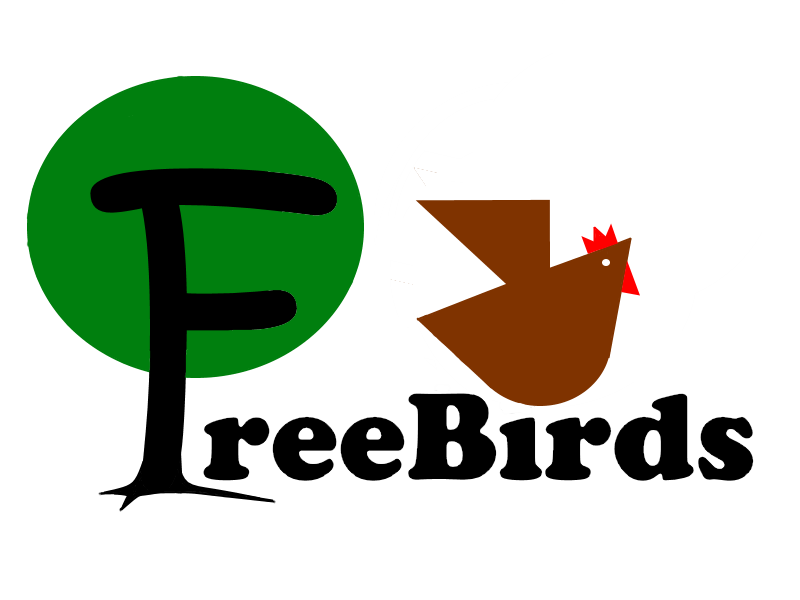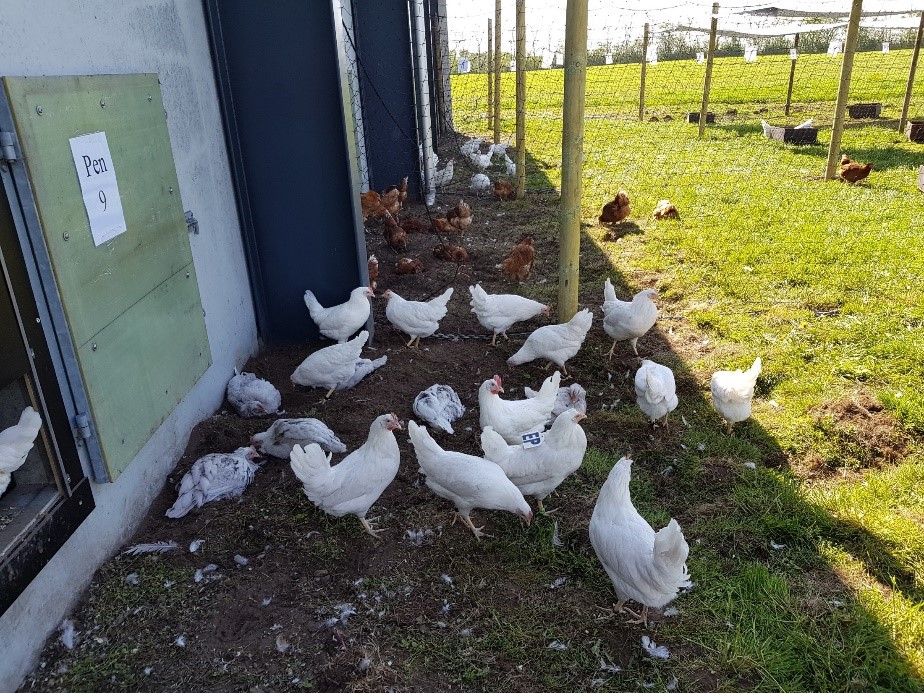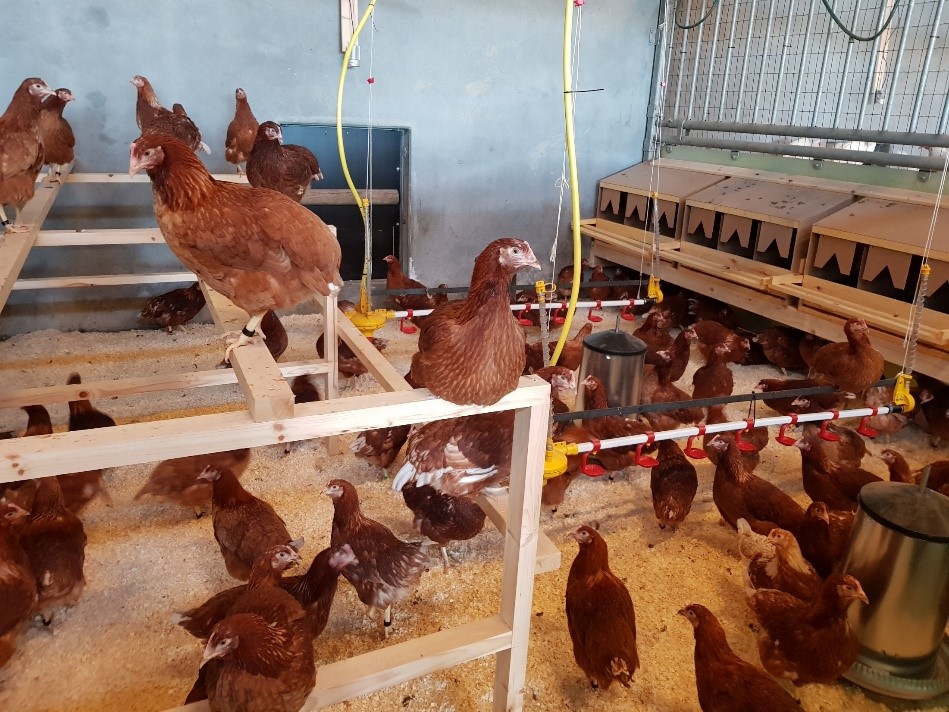Finding the best laying hens for organic farms
Preliminary results from a study conducted at Aarhus University, Denmark, for the Freebirds project suggest that laying hens of the Bovan’s Brown hybrid may be more robust and, therefore, better suited for production in an organic setting compared to hens of the Dekalb White hybrid.

The Freebirds project has partners in nine different universities and research institutes in seven countries: Denmark, Sweden, Italy, The Netherlands, Poland, Belgium and Turkey.
The aim of the project is to develop successful husbandry practices in organic poultry production in order to make the chickens spend more time outdoors, in accordance with the intentions of the organic concept.
Therefore, the project focuses on investigating and understanding how and when laying hens and broiler chickens use the free range and the consequences of the outdoor use.
Free-range use
Free-range access is meant to improve the welfare of chickens by providing them with ample possibilities to express their species-specific behaviour. Positive effects of free-range access may include a reduction of maladaptive behaviours like feather pecking and cannibalism and a reduction of incidence of keel bone fractures. Negative impacts include an increased risk for diseases carried by wildlife, parasitic infections, predation and environmental impacts of the manure on the soil.
The Freebirds project, therefore, has work packages dedicated to investigating the effects of range use on behaviour and welfare aspects, parasites and gut health and nutrient load of the soil. A final work package assesses the suitability of different strains for the organic production system.

Credit: Freebirds project
Danish study
The study by Danish partners at the University of Aarhus was presented at the 53rd Congress of the International Society for Applied Ethology, which was held in August 2019 in Bergen, Norway. This annual meeting gathers leading ethologists - scientists specialised in the study of animal behaviour - and presents the current research on topics concerning the behaviour and welfare of captive animals. From farm animals like chickens and pigs, to companion animals such as cats and dogs, laboratory animals and wild animals kept in zoos. The theme of this year’s meeting was “Animal lives worth living”.
The Danish study, presented by Dr. Fernanda Tahamtani, used 1200 hens and compared the welfare, range use and production parameters of the two commonly used laying hen hybrids: DeKalb White and Bovan’s Brown. The hens were housed according to EU requirements for organic production and had access to 4m2 of outdoor range per hen.

 Photos: Fernanda Tahamtani
Photos: Fernanda Tahamtani
The results showed that Bovan’s Brown hens made more use of the free range by ranging further way from the chicken house than the DeKalb white hens. The brown hens also were less fearful when ranging outside and had better plumage condition and fewer trauma related breaks to the keel bone than the white hens. These results suggest that the brown hens are more robust to the environment of organic production compared to the white hens.
More results to come
The researchers collected data on several other aspects of laying hen welfare, range use and production that still need to be analysed. These aspects include egg parameters (e.g. egg size and weight), effects on the vegetation cover of the free range, gut health, behaviour in the outdoor area, etc.
Authors info
Fernanda Tahamtani, Department of Animal Science, Aarhus University, fernandatahamtani@anis.au.dk,
